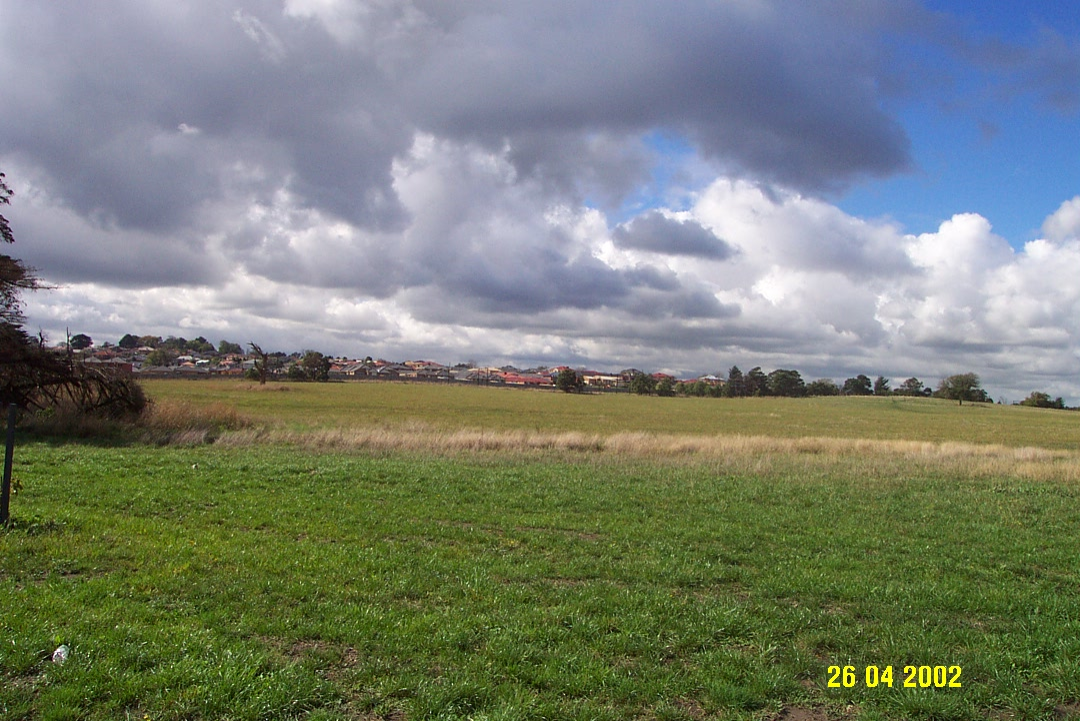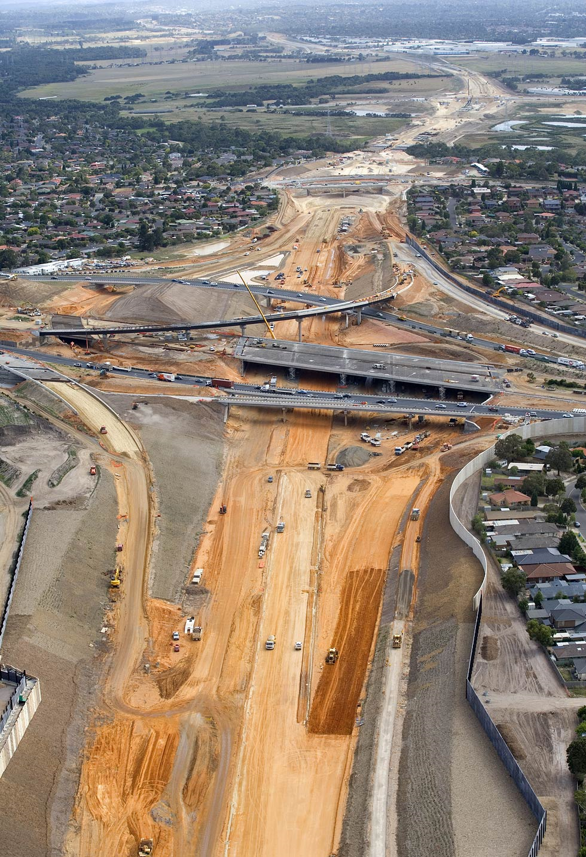 Phases of PPP Delivery in Australia. (Click to enlarge.)
Source: Infrastructure Australia, National PPP Guidelines: Volume 2 - Practitioners Guide
Once the investment decision and the procurement decision have been made, and any necessary governance arrangements have been put in place, the project development process begins.
Phases of PPP Delivery in Australia. (Click to enlarge.)
Source: Infrastructure Australia, National PPP Guidelines: Volume 2 - Practitioners Guide
Once the investment decision and the procurement decision have been made, and any necessary governance arrangements have been put in place, the project development process begins.
Key tasks during the Project Development Phase
The key tasks that occurred during the project development phase include the following:
- Putting together the team - Typically a government project team is established within the line agency responsible for delivery of the project, and its skills and capability are supplemented through the appointment of external technical, commercial and legal advisers.
- Establishing the project governance arrangements - A senior responsible owner is appointed within the line agency. The project director reports on a day-to-day basis to the senior responsible owner. A steering committee, comprised of representatives of the line agency and key project stakeholders (including the central PPP unit), is established as a key consultation and decision-making body for the project.
- Finalising the procurement strategy – Some matters relevant to the conduct of the procurement process will not have been fully considered at the time the business case was approved, and must be finalised before the tender process commences.
- Development of the commercial principles – The commercial principles that will underlie the project contract should be developed before the tender process commences.
- If the proposed project site is not already owned by government, it should be secured at this stage.
Project development in the Casey Hospital PPP
Casey Hospital was a typical social infrastructure PPP delivered under the Partnerships Victoria framework. It was intended to provide a range of services including surgical, multi-day and same day services, obstetrics, paediatric, sub-acute, rehabilitation, palliative care, comprehensive mental health inpatient and community mental health services and an emergency department.
The hospital was to be capable of treating up to 30,000 patients and 25,000 emergency presentations each year.
Casey hospital was a design, build, finance and maintain project, under which the private sector was to be responsible for the hospital infrastructure, while the public sector would provide the clinical staff (the doctors and nurses) who would operate the hospital.
A key task during the project development phase for a project such as Casey Hospital is the detailed development of the allocation of responsibilities to the private sector and public sector respectively. While the broad allocation of responsibilities will have been part of the description of the preferred option in the business case, there will be some areas at the margin that require further consideration. For example, in a design, build, finance and maintain hospital project, the project team will need to consider whether cleaning and catering should be private sector or public sector responsibilities.
Site and Tenure Issues
Securing the project site is another important task during the project development phase.
If government does not already own the site, it may need to purchase the site on commercial terms or acquire it under legislative powers of compulsory acquisition.
Alternatively, in some projects, it may be appropriate to leave the choice of site and its acquisition up to the winning bidder.
However, that strategy can create significant cost and time risks for government, as bidders will cost into their bids a premium for taking the risks associated with site acquisition. (In some other countries, site acquisition is generally the private party’s responsibility, and occurs after contract execution.)
Whatever method is to be used for securing a site, government should consider the impact that the site acquisition process will have upon timing of the project, and risks associated with site condition and availability.
Government also needs to consider what form of tenure the contractor will receive. Different forms of tenure will affect the rights of the parties to the contract, and will also have different taxation consequences, which may affect project costs. The tenure given may be freehold title, a lease of the site for the term of the contract, or a licence to enter the site during the contract. In early PPPs in Australia, a lease was generally considered the appropriate form of tenure to provide the contractor's financiers with adequate security over the project assets, while protecting government’s rights of step in and termination. In some more recent projects, the contractor and its financiers have been comfortable only receiving a licence to enter the site in order to perform the contract.
At this stage of the project, site related risks and interfaces also need to be understood, and initial steps must be taken to secure environmental and planning approvals for the use of the site.
This is the site on which the Casey Hospital was built.
 The site for the Casey Hospital.
The site for the Casey Hospital.
As the site had seen significant previous use, it was what is known as a "brownfield” site.
As is the case with many brownfield sites, there were issues in relation to existing contamination on the site and the impact of the PPP construction works upon neighbouring infrastructure and properties.
 Part of the EastLink toll road during construction.
Toll roads, many rail projects, and some water projects have linear sites that involve or cross many different properties and land titles.
Part of the EastLink toll road during construction.
Toll roads, many rail projects, and some water projects have linear sites that involve or cross many different properties and land titles.
Linear projects have significant site related challenges, both as a result of the need to acquire rights to a large number of properties, and as a result of the fact that the project will inevitably interface with a large number of surrounding roads, rail lines, utility services etc.